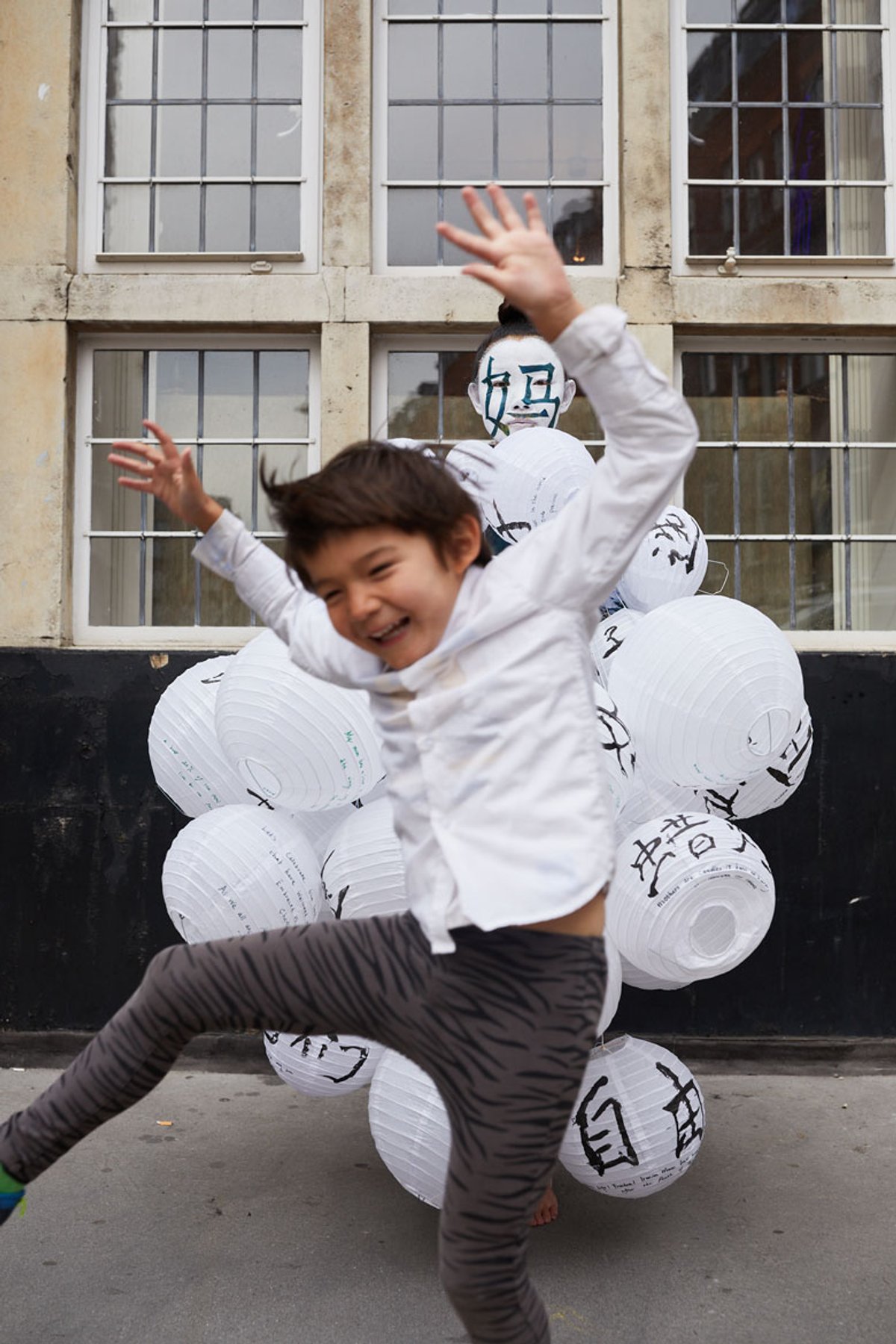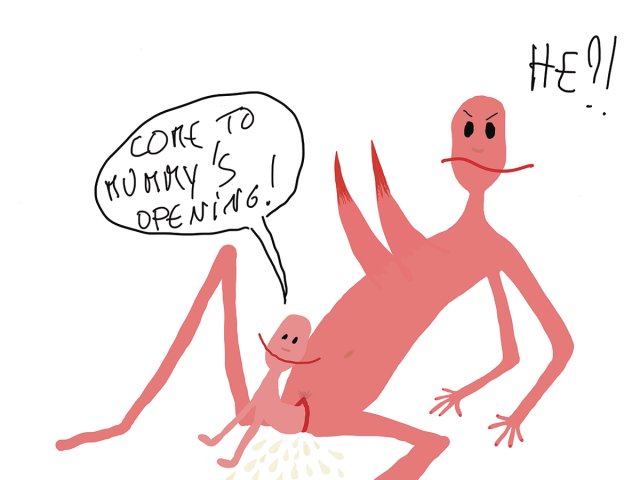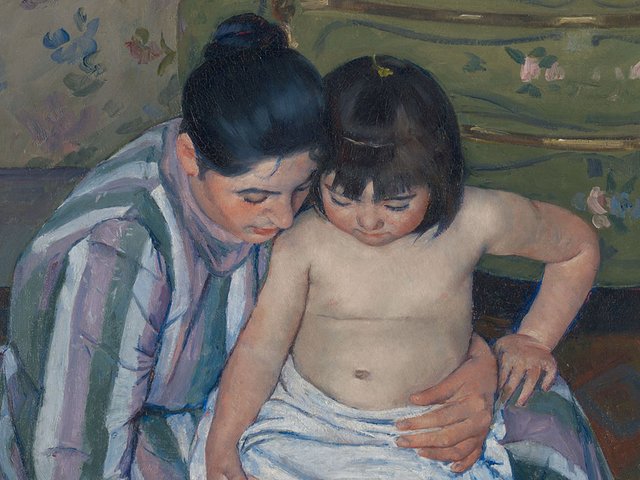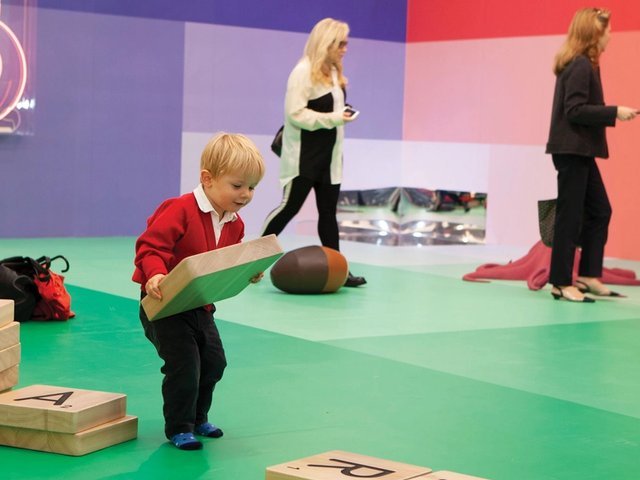Parenting in the art world has been an overlooked subject for many decades, with limited discussion on why artist parents and their needs have not been met by institutions and organisations. In a new publication, How Not to Exclude Artist Mothers (and other parents),the London-based writer Hettie Judah makes a timely call for the art world to reassess and recognise the needs of artist parents who have “all been placed at a disadvantage by the art world”, according to a statement from the publisher. Judah’s analysis also examines models for the future such as studio complexes with onsite childcare and galleries with family-friendly policies. We asked Judah why her new book and research is significant now.
The Art Newspaper: You have been researching this topic for the past few years. How did it begin?
Hettie Judah: In 2019 I started discussing this issue with Kate McMillan, who had led the recent Freelands Foundation studies into the representation of women in the British art world. Her data showed the same number (if not more) young women as young men studying art, and rough parity in the numbers selected for early career awards such as New Contemporaries. The big parting of fortunes happened at the stage of gallery representation, when artists were roughly in their 30s.
I was interested in what hidden factors there might be in the data—whether something was happening to women artists in their 30s, such as starting a family, that might have an impact on their careers. Kate commissioned a short essay for the next study. I planned to speak to four or five artists. Then the pandemic hit. Suddenly I had abundant time.
I put an open call out on social media inviting artist mothers to be interviewed about their experiences; about 60 replied, and I interviewed everyone who had the time. The research that formed the foundation for this book was funded by the self-employment support grant that I received during lockdown. The resulting essay Full Messy & Beautiful briefly outlined the result of the study.
In early 2021, with a group of artist parents, I put together a manifesto on How Not to Exclude Artist Parents; it's been translated into 15 languages and shared widely around the world. This book goes further, laying out issues in various sectors of the art world— from colleges to studios to residency programmes to major museums—suggesting how things might be done differently.
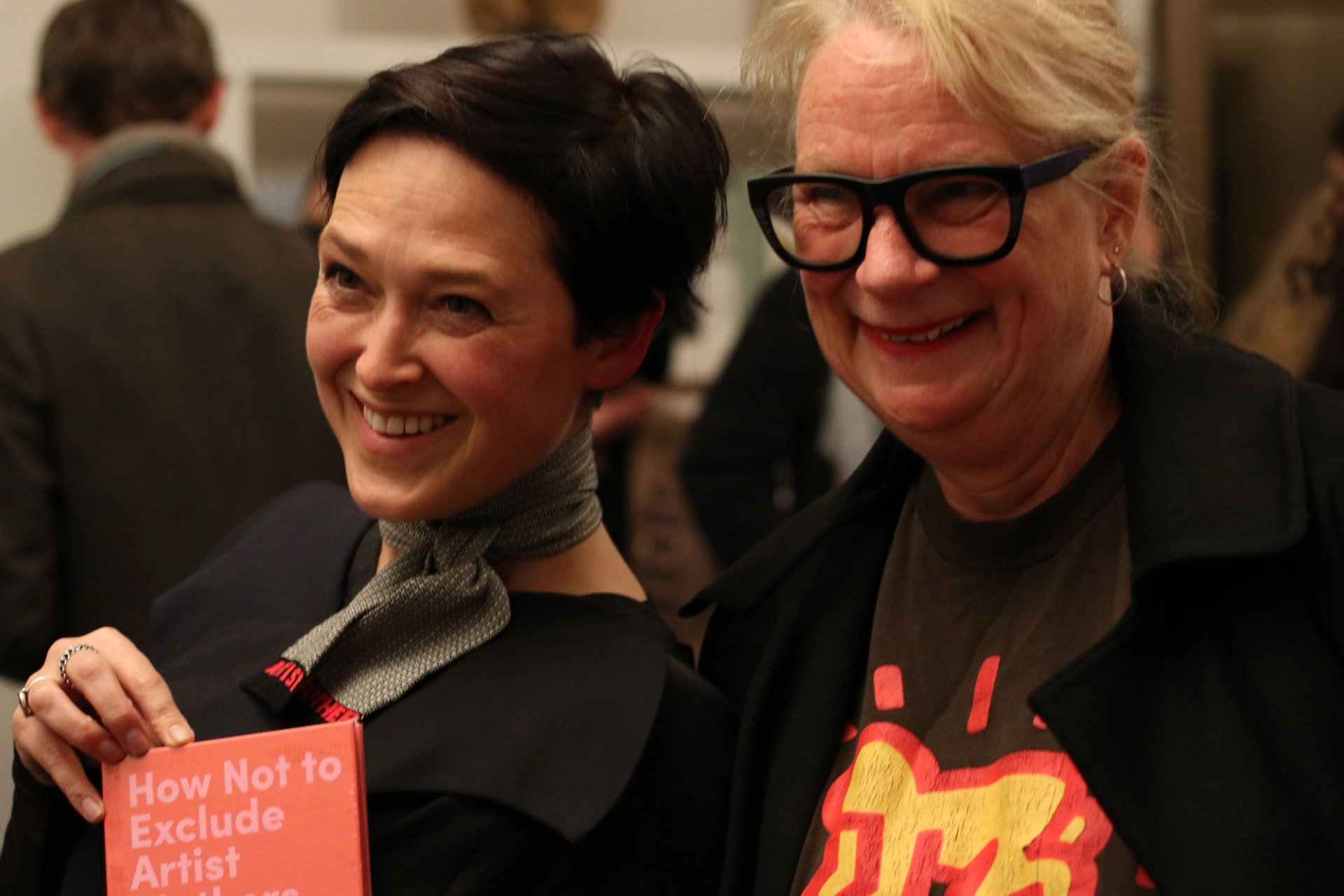
Hettie Judah holding a copy of her new book alongside The Art Newspaper correspondent Louisa Buck Photo: © Aleksandra Moraś
You say in your conclusion that “even for this book to have found a publisher is a positive sign”. Did they take much convincing?
This is an issue that is effectively invisible to everyone who doesn't experience it first hand; it’s easy to overlook an absence, after all. Once people start reading, whether the essay, the manifesto or the book, they quickly realise what a huge and indeed very hot topic this is. Once the commissioning editors read the extended proposal, they came on board quite fast.
There are plenty of shocks in the book—I’m thinking of the artist offered a place at the Royal College of Art who, after finding out she is pregnant, is told she must finish her year and write her dissertation. Did such revelations startle you? Or were these art school accounts all too familiar?
So much of the research for the study and the book has been profoundly upsetting. I've found myself in tears again and again hearing about what artists have endured. Last week we held an exhibition and three-day festival at TJ Boulting [gallery in London] to thank the artists who participated in the study and book. It was a moving experience for all concerned, to be together with other artists with similar experiences. Many of those involved in the show had felt marginalised and ignored for years. I think women and non-binary people, parents and others with caring responsibilities often feel like they have to put up with structures that make life really difficult for them, and often don't feel empowered to push back and demand change.
But things can be different. There are colleges that allow pregnant students to defer, there are colleges that offer creche facilities and lactation rooms on campus, there are colleges that are good at supporting and staying in touch with students who have deferred to have a baby. All it takes to make a huge difference is for someone to bother thinking about it. It doesn't occur to many people that maternity and paternity are issues colleges should be considering, but these days it's pretty standard for artists to take an MA [Masters]. Many artists take a few years to work after their BA, so start their MA at an age where they might also be thinking about starting a family. Was I startled that artists were pregnant while studying for an MA? No. Was I startled by the callous treatment of pregnant students? Yes.
Your chapter on the commercial gallery world is both encouraging and depressing. Should more galleries try to have honest conversations with artists who are pregnant?
When people see a title like How Not to Exclude Artist Mothers (and other parents) they may worry that this is a demand for expensive changes and extra costs. Often small, subtle changes can make the biggest difference. Many artists had experienced curators immediately ceasing contact as soon as they became pregnant: there was no conversation about what the artist wanted and whether she was interested in making or showing work. Open and honest conversations, a willingness to be flexible, giving artist mothers a little extra time, not placing last-minute demands on artists, not expecting everyone to be available at the drop of a hat 24/7: all these things can make a big difference.
You ask the artist Kathrin Böhm what one change might make the art industry better adapted to artist parents—how would you answer this?
In the book there’s one question that I admit I have not managed to answer in a satisfactory way: how do you re-enter the art world after taking time out to raise a family? There is a driving sense of urgency in the art world: a belief that you need to grab every chance, accept every offer, that you only get one chance, which can be very difficult for artist parents if they are trying to balance looking after young children with maintaining a career or even a presence in the art world. There is definitely a (justified) fear that if you exit the art world for ten or 15 years you are done for. I’d love to be able to remove that fear, to do something about the art world’s obsession with youth, and make an assertive case for the value and brilliance of so much work being made by, for example, artist mothers returning to their studios in their 40s and 50s.
What will happen if the art world continues to exclude artist mothers and other parents? Who loses out the most?
The structures that make things difficult for artist mothers and other parents likewise exclude many other artists: those with other caregiving responsibilities, with mobility issues, or who have to take time out for health reasons. All kinds of life experience become invisible in an art world without these people. As I write at the end of the book: “To maintain our current structures, the ones that exclude artist mothers and other parents, will allow the art world to continue along a road that precludes participation by all but the wealthy and carefree. That seems to me a very dull sort of art to be driving towards.”
• How Not to Exclude Artist Mothers (and other parents), Hettie Judah, Lund Humphries and Sotheby’s Institute of Art, 104pp, £19.99 (hb)


